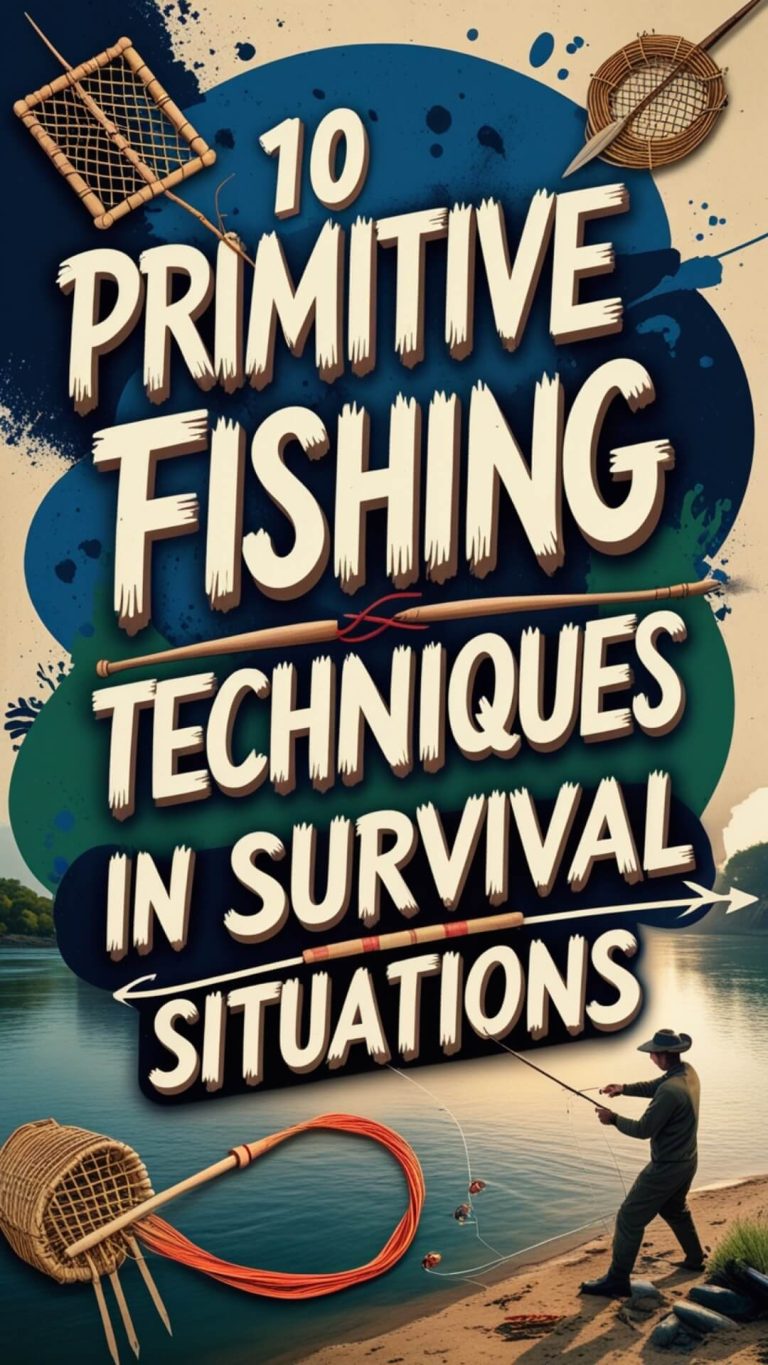Surviving When the Unthinkable Happens
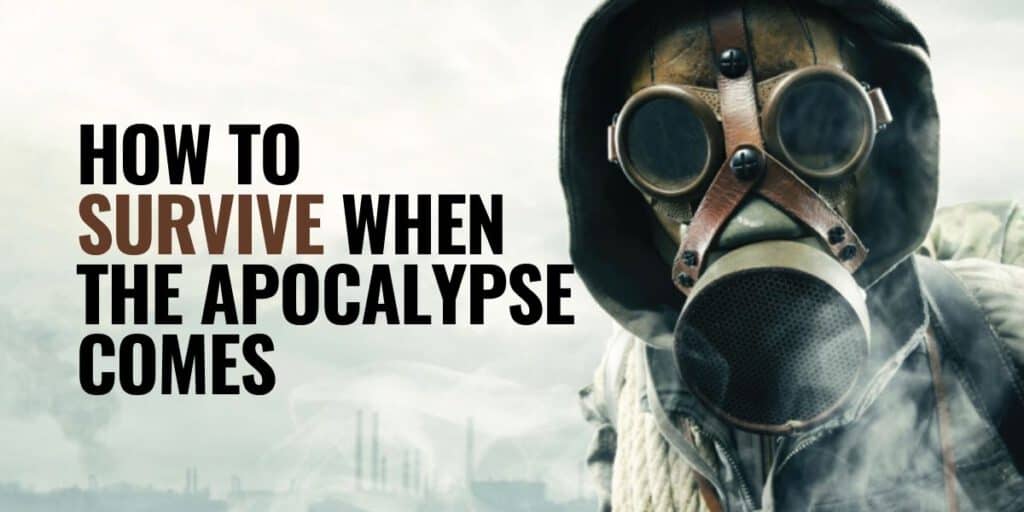
When a disaster strikes, many people are too paralyzed by fear to react the right way. The only way you’ll be able to go past the fear is to have the confidence you’re doing the right thing and that will only happen if you’ve planned for the unexpected, and train yourself and your family with the basic skills you’ll need for survival.
Getting your hands on this guide is a great first step in ensuring your survival.
You’ll go through vital information on communication, shelter, personal protection, food and water, health and hygiene, etc – all you need to start preparing for your survival in case the unthinkable happens.
Affiliate Disclaimer: I Participate In Amazon Associates, An Affiliate Program Designed To Pay Commissions By Linking To Amazon.Com And Affiliated Sites At No Additional Cost To You.
Knowing When It’s Time to Bug Out
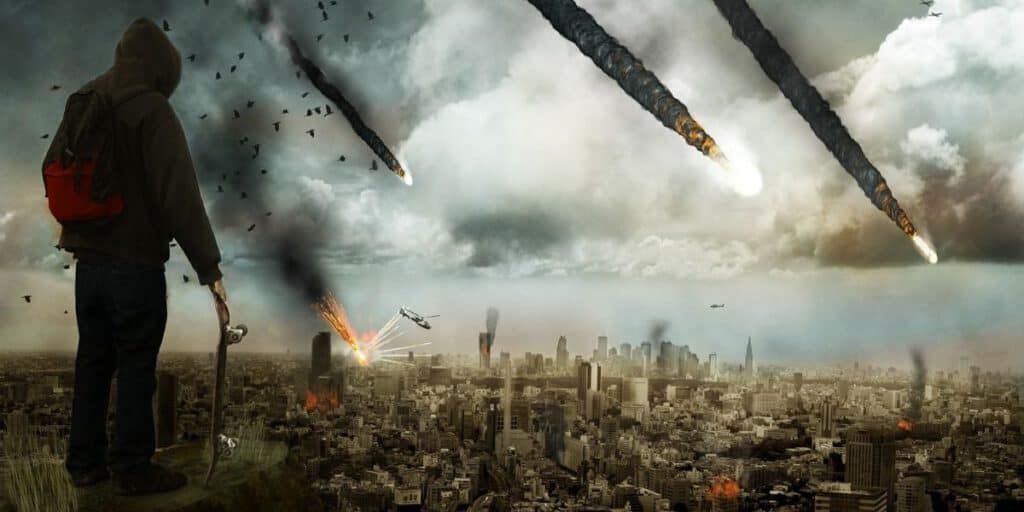
Those who are prepared for survival situations know that a bugout may come. A bug out is exactly how it sounds. It means it’s time to get out of dodge. Bugging out may mean you’ll have to get where you’re going by walking.
If this is the case, then you need to make sure that you have sturdy shoes or boots – and the means to have food and shelter if it’s going to be a long trek. Being prepared for this scenario means having a bug-out bag where you can get to it when the time comes for you to go.
Bugging out by vehicle means that you’re leaving in a vehicle that’s already prepared ahead of time for a bug out. Your vehicle is gassed up and ready to go within seconds.
It’s time to bug out when the place you’re at is no longer safe – or could be compromised – and survival may become an issue. This means you need to be prepared to bug out in the event of a weather emergency, a terrorist attack, or a riot.
You also need to leave fast if there’s contamination set loose in your area – such as a train derailment and the train was carrying some nasty hazardous materials that escaped into the air. City-wide blackouts are a criminal’s favorite time to come out and wreak havoc. Your possessions aren’t worth losing your life over – so leave.
If there’s been a city-wide breakdown of communication resources like if the 911 system crashes, get out. These systems are all computer run – and when the computer crashes, you’re on your own. When a city goes down, law and order go out the window and chaos ensues.
If some nasty weather is headed your direction and it’s not looking good, get out before the government officials tell you to get out. Why? Because there will always be thousands who wait until the last possible minute to leave – and you may end up trapped in your vehicle sitting still on an interstate while a harrowing storm bears down on you.
Plan ahead of time to take an alternate evacuation route, since the main roads will be overrun by people trying to leave. Print out your escape routes and have them where you can get to them easily.
Know where you’re going. Don’t just hop into your vehicle and take off. Plan ahead for every possible emergency. Have your kit or bag ready to take with you when you go. Inside the bag, you should have water, food, first aid, a way to take care of shelter – like a sleeping bag or poncho, flashlights, and personal safety tools like Mace or weapons.
Make sure you pack a battery-operated or hand-crank radio so that you can listen for emergency broadcasts. Have a way to start a fire and make sure you have a change of clothes.
What Goes Into an Emergency Preparedness Kit for Short Term Disasters?
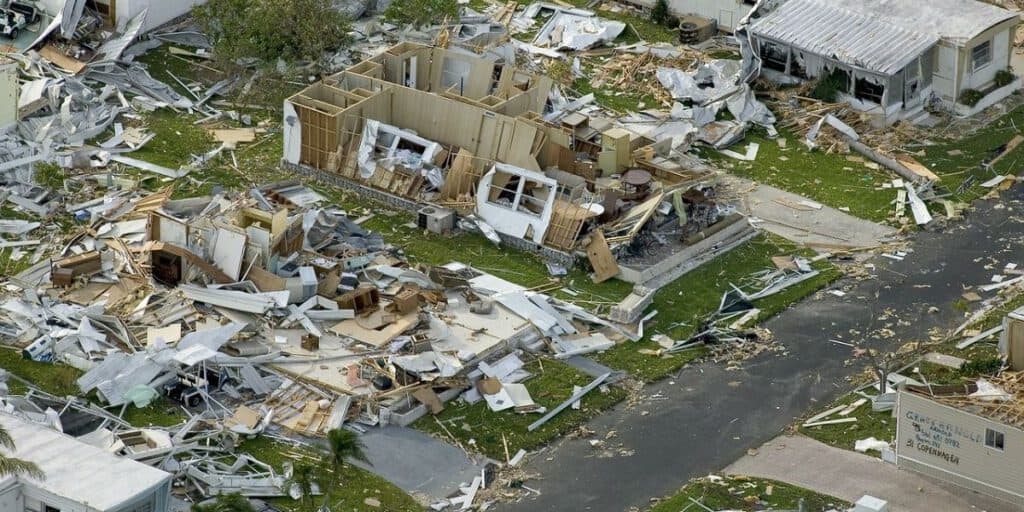
Emergencies can be classified as either short or long-term. You may deal with short-term emergencies – such as losing power for a day or having a health emergency. These usually pass fairly quickly.
But when something causes a short-term emergency, unless you’re prepared, you could find yourself in a bind, putting yourself and your loved ones at risk.
Weather emergencies such as floods, hurricanes, tornadoes, and blizzards are the top four causes of short-term disasters that people are forced to deal with. These disasters create situations where you can end up without any lights, heat, or air conditioners.
Without electricity, you won’t have a way to keep your food supply from spoiling. If the disaster causes a rush on grocery store supplies, there will be empty shelves, leaving you without a way to get food.
Without electricity, you can lose the ability to call out for help for health reasons or if there’s looting and the battery on your cell phone dies. The time to plan for a disaster is right now – while you have electricity – while you have the food you need and the means to get ready for what might come your way.
Prepare yourself now, but have an emergency preparedness kit. In that kit, you need water for every member of your family and enough food to last everyone for at least a week.
You’ll need a way to keep warm – especially if the disaster is during the colder months. Use thermal blankets and waterproof sleeping bags. Have battery-powered or solar-powered gadgets that can charge cell phones.
Have flashlights and radios on hand that run on batteries and keep extra batteries ready. Or, invest in the hand crack variety. Make sure you have a first aid kit that includes face masks and all prescription medications. Prepare your kit with infant and pet needs, too.
Keep antibacterial wipes with the kit and seal your personal ID copies in with the kit. In case your originals are destroyed in the disaster, you’ll have a backup copy that will save you from a future hassle.
You’ll need matches, a handheld can opener, and a multi-tool as well as a whistle. A whistle can be heard over long distances and will make it easier to locate you. Keep all of your supplies together in an air-tight waterproof container and store the container somewhere that the temperature doesn’t vary.
There are places that offer readymade disaster kits – and some people choose to buy those. If you pick that option, don’t forget to add copies of your important paperwork since a readymade kit won’t come with that.
What Is the Best Survival Gear for a Family to Have?
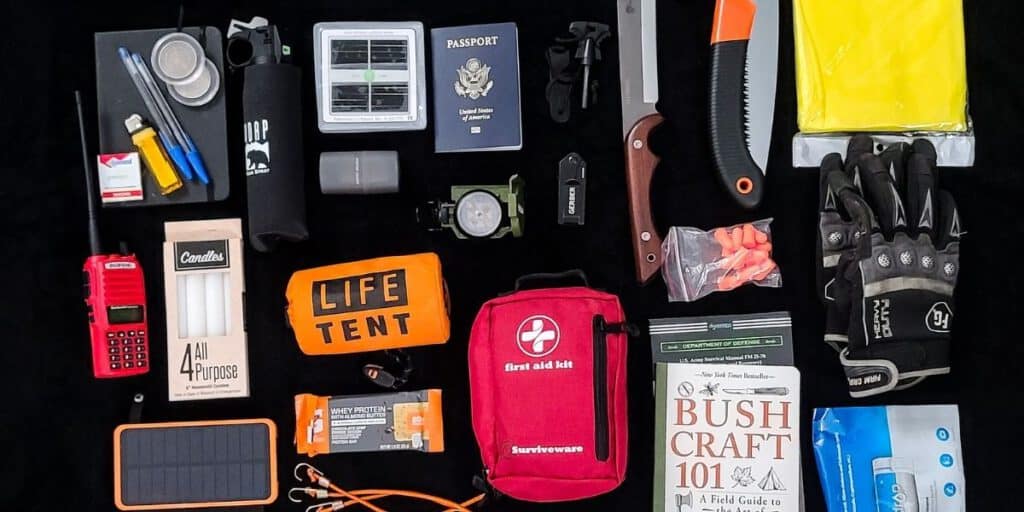
Natural disasters and man-made disasters are occurring with more frequency than ever. So it makes sense to make sure that your family is prepared for any event. Preparation gear should always be in place before any disaster strikes.
You’ll want to gather your items and have them packaged and ready so that when the time comes, you can easily put your hands on what you need. Hopefully, you won’t experience disasters – but being prepared with the right equipment can help your family survive.
The equipment that your family should have can be packed (before it’s needed) into a sturdy backpack. You should make sure that the backpack is waterproof so that it protects the contents from getting damaged by inclement weather.
In the backpack, you should put enough gear to take care of each member of your family. If you have a larger family, you’ll need to prepare more than one backpack.
Inside the backpack, you’ll want to have a change of clothing for each family member. Food should be included in your survival gear. When packing food, obviously, you don’t want to pack foods that will spoil quickly.
Pack things like high protein food bars and other foods that have a lot of calories (minimum 2,000 calories) and can take the place of a meal. Water for every member of the family should be packed and ready.
But since bottled water can take up a lot of space and become heavy and awkward to carry, look for water that’s specifically made for survival gear that’s packaged in lightweight boxes. This purified water is packaged in a way that it can be safely stored in a wide variety of temperatures.
Protection is a must during a survival situation. You may want to arm yourselves with weapons, depending on the situation. For natural protection, you’ll need a solar-powered radio so that you can listen to emergency broadcasts. You’ll want protection from the elements and protection against extreme weather.
You’ll need thermal blankets. Some survival experts suggest buying thermal blankets in packets of several at a time and adding ponchos and emergency or tube tents. You’ll also want light sticks in the event that electricity isn’t available. You’ll need a functional knife such as a multi-tool Army knife on hand in case you need to cut the rope for a tent or for other purposes.
Family members that take prescription medication should have their medication included in your survival gear backpack. You should have at least a two-week supply of any prescription medication put aside for survival situations. A first aid kit with medication such as medicine for headaches, bug bites, and supplies for treating and bandaging cuts and wounds should also be included in your backpack.
Top 5 Outdoor Survival Gadgets to Consider
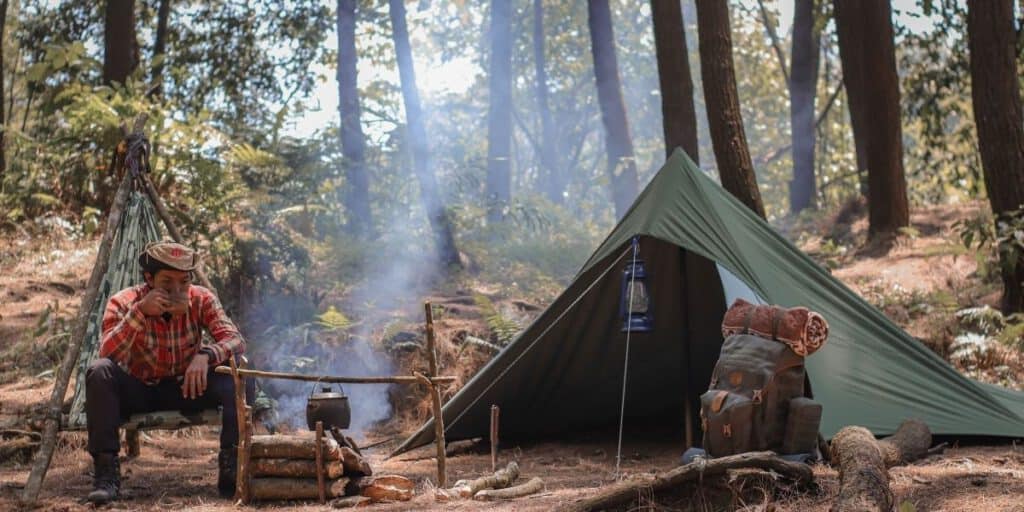
Surviving in any outdoor situation means that you have to have gadgets that can help you. While there are many tools available that offer to help ensure survival, there are five top gadgets that no one should be without.
These are all items that contribute to your safety and need for food, water, and shelter. These are gadgets that will make your experience in survival mode easier.
A solar-powered charger for your cell phone and radio will help ensure that you can call for help if you need to. There are gadgets available that are a 3 in 1. This means you can charge your cell phone, and have a radio and a flashlight all containing one easy-to-carry gadget.
Portable solar cookers are great gadgets to have. They are set up anywhere and provide a method for you to cook on and boil water for clean supplies in an instant. You can use this at home too when the power’s gone out.
A good UV water purification tool – which looks like a wand and purifies your water in just under a minute – can help you achieve safe drinking water in a flash. No more pills to buy, just let these gadgets do their work.
A flint and knife bracelet is the perfect pairing for survival experts. It’s a little corded bracelet that fits around your wrist and gives you immediate access to a fire starter and a sharp knife right away.
A tent hammock is another gadget that’s perfect for survivalists to own. Not only do you get protection from outside intruders like mosquitoes, but you’re lifted off the ground to protect yourself from water or land animals.
There are so many survival gadgets being created to help people get prepared. There are containers that create power from any form of liquid, clothes that repel bugs just based on the materials they’re made from, and solar backpacks that have a solar panel soaking up the sun while you trek around so that you can use the energy it absorbs later.
You always want to make sure that all of your basic needs are met and prepared for before you begin investing in cool gadgets. It’s much better to have a 6-month supply of MREs for the family than to own the latest bug-out gear.
But once you have the necessities met, it’s perfectly fine to begin upgrading your efforts with items that contribute to your convenience. Having to be in survival mode is hard enough – so anything that makes the experience less traumatic will help you get through it.
Survival Guides for Any Situation
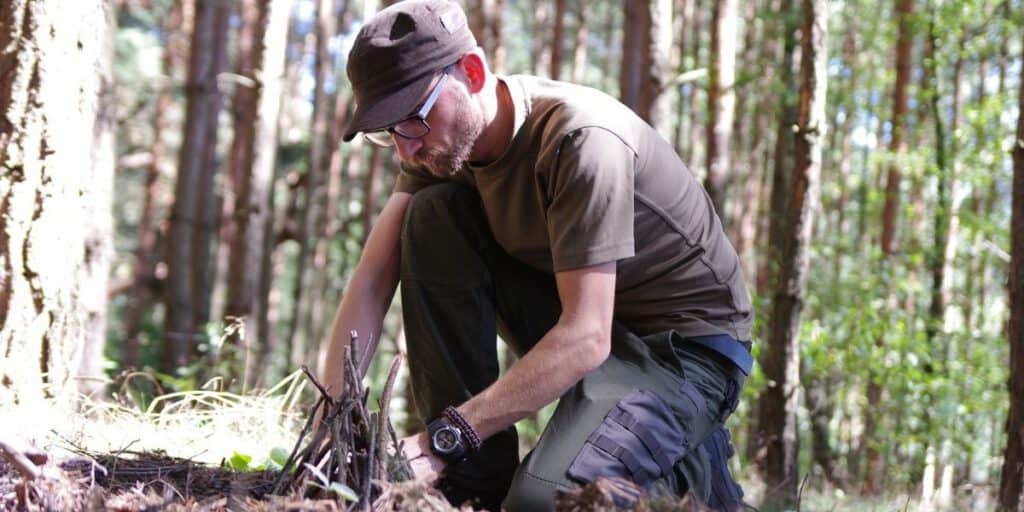
When you have the knowledge that you need, you can weather short-term and long-term disasters. But without knowing how to survive, you lessen your odds of making it through.
Survival guides share the knowledge that can help you to survive no matter what your location is – and knowing and preparing for the different ways to survive in any territory will provide you with the skills you need.
Surviving an emergency situation isn’t the same in a desert as it is in an urban setting. There’s also a big difference between surviving in the woods versus surviving a catastrophic weather event.
But wherever you happen to be, always remember the first rule. Don’t panic. Panic can lead you to make foolish decisions that will hamper your chances of making it through. Regardless of your situation, food, water and shelter should be your focus.
With a survival guide for any situation, you’ll learn that whenever you’re traveling through a desert area, always have emergency supplies. No one ever expects a vehicle to break down or to get lost in the desert, but it happens.
You should have a hat to cover your head, water, a mirror, and matches on hand. Matches are necessary because of the temperatures in the desert drop at night. Not only that, but you can use matches to burn tires or other items to signal for help.
You should have a flashlight, a first aid kit, and a blanket with you. Remember too, not to wander away from your vehicle – it’ll be harder for search teams to find you. But don’t sit in your vehicle because the temperatures inside can get too hot.
Urban survival is different in that people aren’t conditioned for the breakdown of societal rules following a disaster. Urban survival can quickly break down to simply food, shelter, and staying alive.
Survival guides that discuss urban survival always mention food storage, a means to cook the food, a water filter or purification tablets, and facial masks to protect against contaminants.
Wilderness survival is different from the desert and urban survival in that the location can offer special challenges depending on the area. You’ll need a waterproof backpack packed with the following items: a first aid kit, food bars, matches, a compass, a knife, string, water purification tablets, and a parachute cloth or one-man tent. You can use the string to tie to trees, drape the parachute cloth over them and create instant shelter.
Disaster survival guides will cover how to survive in any area for a specific length of time (short-term and long-term). You’ll learn the supplies that you’ll need to have on hand and the guides can give you the self-confidence to survive any situation.
Survival Supplies You Should Be Storing Long-Term
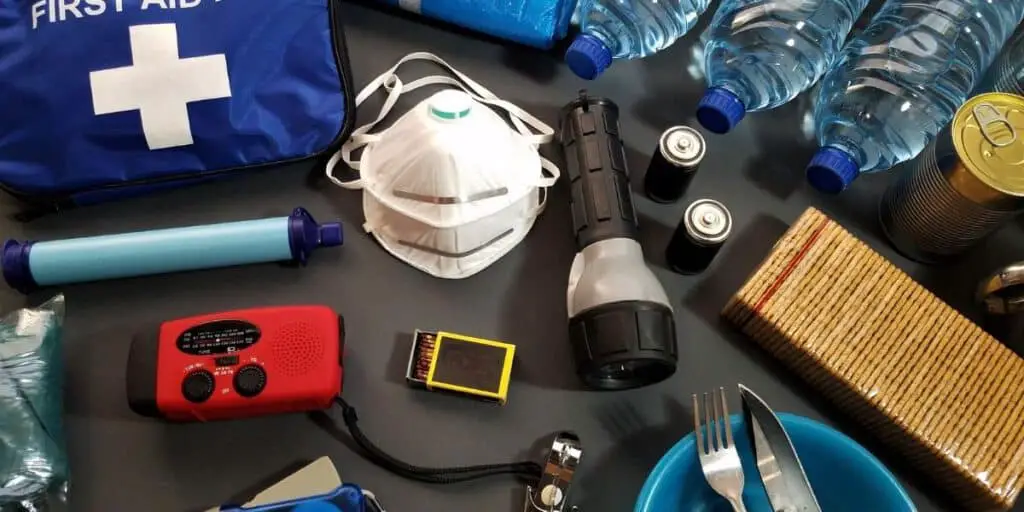
Surviving long-term after a disaster will depend on how well you prepared before the disaster struck. You need to gather what you need to survive right now. You can store the items in a cool, dry place and have them on hand for when it’s needed.
There are four important things you have to remember when preparing for long-term survival. Those four things are: the need for shelter to be safe from the elements, first aid, food and water, and the ability to protect yourself from people or animals that would attempt to harm you.
Long-term supplies to set aside for safety from the elements should be tented for each member of the family if you’re going to use single-man tents, sleeping bags, thermal blankets, and ponchos.
Safety from the elements also includes the ability to keep warm if necessary. You’ll need an axe for cutting wood for fires, a way to start a fire – such as waterproof matches or a lighter, gloves, and a multi-tool.
For first aid survival, you’ll need a first aid kit that includes insect repellent, personal hygiene items, and field dressings. You’ll need tweezers, scissors, and a surgical kit. You may not know how to close a large wound, but in case you have to save a life, you should know this information. You can keep a how-to guide on hand with your supplies. Make sure you have supplies that will treat teeth or eye problems too.
You should be able to protect yourself and your family from harm. Some people choose to arm themselves with guns and ammunition. If you choose to do that, make sure you store the ammunition in a waterproof box.
In the event that long-term survival is needed, your food supply should already be on hand. You’ll want foods that can store for years without the possibility of spoil. Start with your basic foods – like sugar, coffee, powdered milk, and staples like flour and salt.
Foods that will keep stored for many years are peanut butter, beans, and rice. Canned foods are an excellent choice to have on hand as long as you have a handheld can opener. An electric one won’t do you much good if the power is out!
Store canned foods like chili, fruits, soups, and meats like tuna, salmon, and chicken. Trail mix, beef jerky, and powdered juices can all be safely stored for years. If you prepare now, you can make homemade canned items like fruits and vegetables that can last until they’re needed.
When you’re storing foods that are in packages, you’ll need to put those down into a container to keep them safe from insects or mice. You can buy bulk supplies of MREs (meals ready to eat) that can feed an entire family for a year or longer.
Have communication sources like a cell phone and a battery-operated CB radio. You’ll want to get LED flashlights and lanterns, waterproof bags for clothing and you’ll want to have a way to clean your clothes. Store a laundry board and a five-gallon bucket with some laundry soap and bleach.
Because stress can build quickly in a long-term survival event, store games and other stress busters with your supplies, especially if you have children.
The Best Way to Hone Your Survival Skills
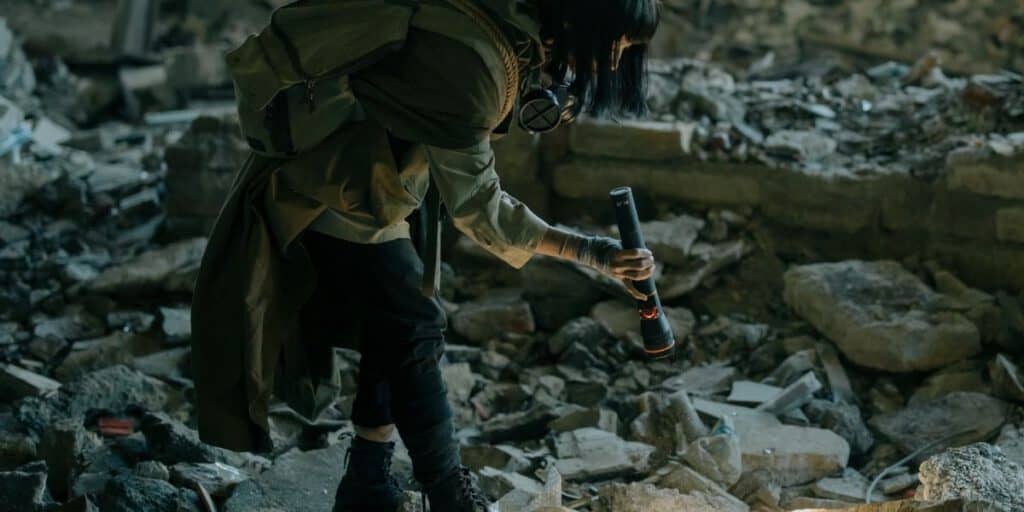
Human beings have a strong will to survive, but that will can easily get beaten down when faced with overwhelming situations. A situation is only overwhelming when there’s a lack of knowledge or skill. When you know what do to because you’ve already planned ahead of time, you can act on instinct rather than react in a panic.
Fire drills are practiced in schools (and should be in your home, too) so that everyone will know what he or she is supposed to do. When you perform a task often enough, you can do it automatically without thinking about it when an emergency hits.
Test yourself by conducting drills by going camping on the weekends and only bring your survival bag. Camp in inclement weather so you’ll be prepared to handle that, but remember to let someone know the area where you’re going to go camping.
Practice often so you’ll know what to do in the event of weather disasters, health emergencies, and threats to your safety. Practice using the first aid kit, treating a wound, or an unconscious person, practice setting a broken bone, treating a burn, etc. Practice what to do if you’re unable to call for help and you’re wounded.
It’s important because the best way to survive is to practice what you’re going to do in any worst-case scenario. You might not live in an area prone to tornadoes, but that doesn’t mean one won’t happen-be prepared for the unexpected.
Number one, prepare yourself mentally. If you allow the situation to overwhelm you or to make you fall into the trap of self-pity, your survival odds drop. The first step to take is to assess your situation and realize that you need three things – shelter, food, and water. Of the three, find shelter first, a water supply second, and food last.
Of course, practice is easy when you’re already prepared for survival. You should have a stockpile of food and necessities already gathered in your emergency pantry for your survival.
You should have staples in large quantities. Have water jugs filled and ready in your emergency pantry. Besides food, have batteries, flashlights, and a camp stove put back as well.
But you should also get survival guides and study those so that you’ll know what to do if you have to get your food source from the land. For example, some people advocate eating plants, but certain plants will not only upset your stomach, but they’ll also kill you. What you want to do is to hope the worst-case scenario never takes place – but you want to be prepared for it if it does.
Final Words
The World is not a 100% safe place and accepting that sometimes things go terribly wrong is a first step in ensuring your family’s survival when a natural or man-made disaster happens.
Simply by reading this short guide you’ve done more to ensure your survival than most people. By starting to store food and water, first aid kits, and planning your way out in case of an emergency situation, you’ll hugely improve your chances.
You should never stop preparing for the unknown to get the best out of your resources.
Don’t forget to stay connected with us on Facebook, Twitter, Pinterest, and Instagram!
Subscribe to our newsletter
Our blog is updated daily with the latest in survival news and information.




